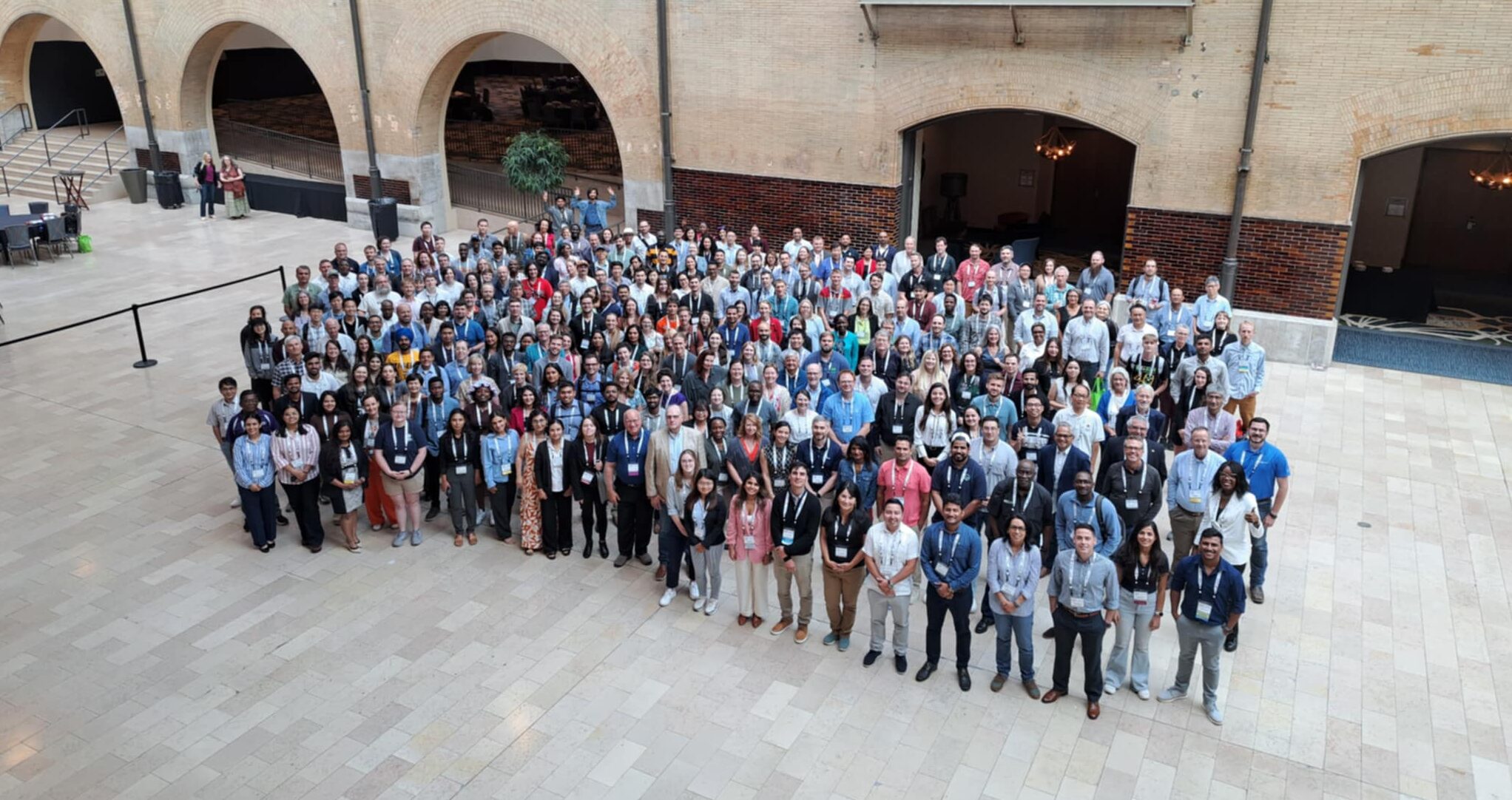When soybeans well adapted within a given temperate zone are grown in low-latitude areas (the tropics), the shortened day doesn’t allow for proper plant development. Simply put, plants flower too early and don’t produce enough pods to harvest a decent crop. It is thought that understanding the long juvenile trait can help with this common phenomenon.
Soybeans originated in the temperate regions of China thousands of years ago, and just within the past 100 years found their way to North America. Several decades later, they were adopted in the temperate and sub-temperate zones of South America. The vast majority of globally available genetic material is specifically adapted to temperate regions and is negatively affected by the short day/long night patterns associated with low-latitude areas.
In low-latitude regions, the long juvenile trait in soybeans is desired to overcome these yield-limiting adaptation issues; however, understanding the trait and how it can be employed is challenging. Nevertheless, it’s important to improving food security in sub-Saharan Africa and a priority for Kristin Bilyeu, who serves as a principal investigator on the U.S. Agency for International Development’s (USAID) Soybean Innovation Lab and a U.S. Department of Agriculture Agricultural Research Service research molecular biologist based at the University of Missouri.
Her research focuses on improving soybean seed composition for enhanced nutrition for food and feed.
Bilyeu explains that the long juvenile trait impacts how the gene interacts with the environment. The long juvenile trait delays flowering, which is triggered by day length, and allows for more vegetative development.
Where there’s only 12 hours of daylight, Bilyeu and her team believe that by delaying flowering, they can achieve vegetative growth equivalent to that of a two- to three-week period here in the Midwest. Much of this growth is evidenced by an increased number of pods, and more pods means more soybeans.
Bilyeu’s team member, Carrie Miranda, a University of Missouri Plant Breeding, Genetics and Genomics doctoral student is also working on low-latitude soybean adaptation, as well as low-processing and low-phosphorous variety development. She is preparing for a fellowship with Nicholas Denwar at the Savanna Agricultural Research Institute in Ghana. Here, she will conduct field investigations for two growing seasons to better understand how maturity, long juvenile and stem architecture traits influence the adaptation of soybean to low-latitude areas.
To ensure the best results possible, Bilyeu’s team will assemble a significantly larger and more diverse soybean population than might typically be used in sub-Saharan Africa soybean breeding programs.
“The magnitude of and diversity within populations that underlie a given breeding program might be the greatest single limiting factor in making improvements,” Bilyeu says, noting that breeders should strive to get this right from the onset.
Further hampering variety development is most of the initial observations in Africa of varieties adapted to low-latitude environments took place without the knowledge of pedigrees or genes. The literature is sparse and findings are of limited value.
Documenting Observations
Miranda’s study will focus on three genes — E1, DT1 and LJ. The first two are known and cloned, and the third (LJ) completes the triad under investigation.
Maturity is the endgame for every soybean plant’s growth and development. Plants must reach maturity to produce an abundance of fully developed seeds. Thus, the maturity gene (E1) is of great importance.
The stem architecture gene (DT1) is relevant to the investigation as African varieties typically express determinate growth habits, meaning they stop growing when flowering begins, limiting further pod development and ultimately seed production.
The long juvenile gene (LJ) is not as well-known and it’s not fixed. However, Bilyeu says it is linked to a marker that is expected to be somewhat predictive in nature. This is the crux of the investigation: “Can indeterminate varieties be developed for low-latitude adaptation that will express greater yield potential than might be obtained from determinant varieties?”
Bilyeu and Miranda’s research efforts in Ghana will certainly contribute to this overall body of knowledge. The world awaits an answer.












